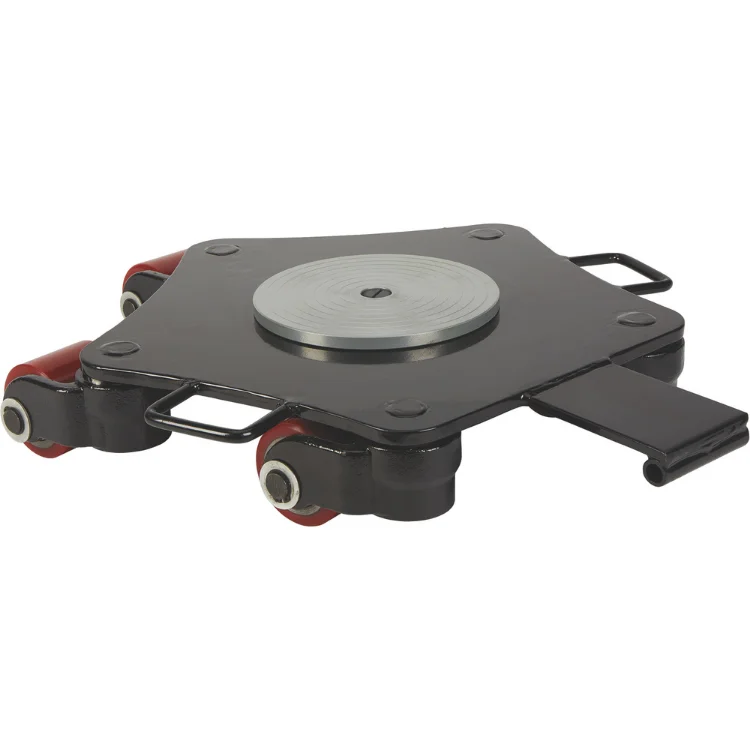heavy lifting magnets
Understanding Heavy Lifting Magnets Power and Precision in Heavy Industries
Heavy lifting magnets represent a revolutionary advancement in industries that handle large, metallic objects. These powerful tools have become indispensable in various applications, ranging from construction and manufacturing to recycling and shipbuilding. This article explores the functionality, types, benefits, and considerations of heavy lifting magnets, highlighting their importance in modern industrial operations.
What Are Heavy Lifting Magnets?
Heavy lifting magnets are devices that use magnetic force to lift and move ferromagnetic materials such as steel, iron, and other magnetic metals. These magnets can be powered in two primary ways electromagnets, which require electrical power to generate a magnetic field, and permanent magnets, which maintain their magnetism without the need for electricity. The choice between these types depends on the specific application and operational requirements.
Types of Heavy Lifting Magnets
1. Electromagnetic Lifting Magnets These magnets are activated by electricity, allowing for a strong magnetic pull. They are commonly used in scrapyards and manufacturing plants where materials need to be moved frequently. The ability to switch them off makes them versatile for lifting and releasing loads on demand.
2. Permanent Lifting Magnets Utilizing high-performance magnetic materials, these magnets do not require power to operate. They are typically lighter and easier to use in environments where electricity may not be readily available. Permanent lifting magnets are often employed in assembly operations and can be very efficient for consistent lifting tasks.
3. Battery-Powered Lifting Magnets These are a hybrid solution, providing the lifting capabilities of an electromagnet with the portability of a permanent magnet. They are especially useful in situations where access to mains power is limited or where mobility is essential.
Benefits of Heavy Lifting Magnets
The use of heavy lifting magnets carries numerous advantages
- Enhanced Safety Traditional methods for lifting heavy metals, such as hooks or slings, can pose significant safety risks. Magnets reduce the likelihood of dropping materials or accidental releases, enhancing workplace safety.
heavy lifting magnets

- Increased Efficiency Magnets can operate quickly and handle multiple loads in a shorter time compared to manual or traditional mechanical methods. This efficiency results in increased productivity and reduced labor costs.
- Lower Operating Costs Once installed, heavy lifting magnets require minimal maintenance and operational costs, particularly permanent magnets that do not need electrical power
. This can lead to significant savings over time.- Versatility Heavy lifting magnets can be used in various industries, including manufacturing, logistics, automotive, and recycling, making them a flexible choice for numerous applications.
Considerations for Choosing Heavy Lifting Magnets
While heavy lifting magnets offer many advantages, there are several important considerations when selecting the right type
- Load Capacity Assess the maximum weight and size of the materials to be lifted. Different magnets have varying load capacities, and it’s essential to choose one that matches operational requirements.
- Material Type Ensure that the magnet is compatible with the types of metals being handled. Not all magnets work with every type of ferromagnetic material.
- Operating Environment Evaluate the environment in which the magnets will be used. Factors like temperature, moisture, and exposure to chemicals may affect the performance of certain magnetic types.
- Power Source Depending on the application, consider whether an electromagnetic, permanent, or battery-powered magnet is more suitable.
Conclusion
Heavy lifting magnets epitomize the blend of power and precision, facilitating safer and more efficient operations in industries that rely on heavy metal handling. By understanding the various types, benefits, and critical considerations surrounding heavy lifting magnets, businesses can make informed choices that enhance productivity while maintaining employee safety. As technology continues to advance, the role of magnets in heavy lifting will likely expand even further, reinforcing their position as vital tools in modern industry.
-
Unlock Seamless Relocation with Our Heavy Equipment Moving ExpertiseNewsJun.06,2025
-
Unleash Unrivaled Flexibility with Our Adjustable Gantry CraneNewsJun.06,2025
-
Unleash Heavy-Duty Efficiency with Our Industrial Gantry Crane SolutionsNewsJun.06,2025
-
Revolutionize Steel Handling with Our Magnetic Lifter RangeNewsJun.06,2025
-
Master Equipment Mobility with Premium Machinery Mover SolutionsNewsJun.06,2025
-
Elevate Your Material Handling with Magnetic Lifter TechnologyNewsJun.06,2025
-
YS Permanent Lifting Magnets: The Smarter Way to Handle SteelNewsMay.22,2025
